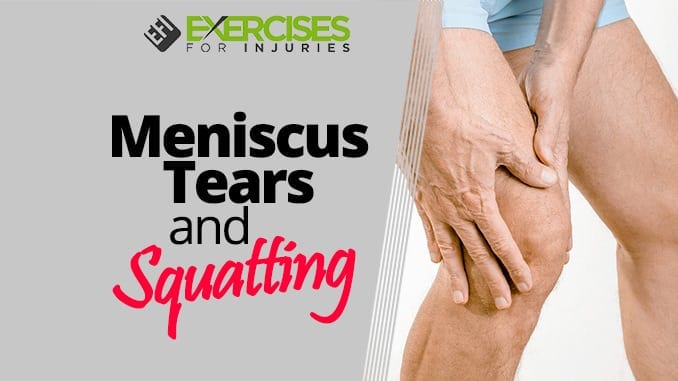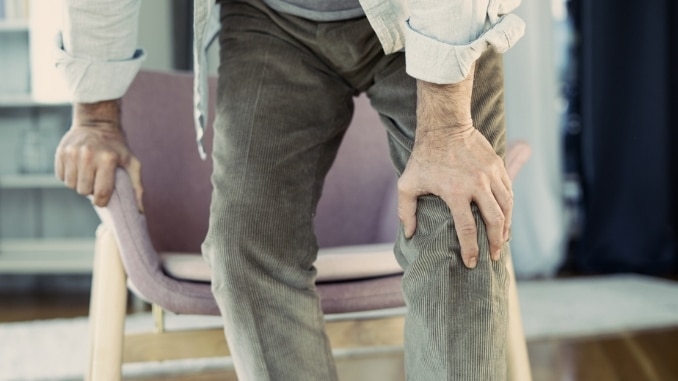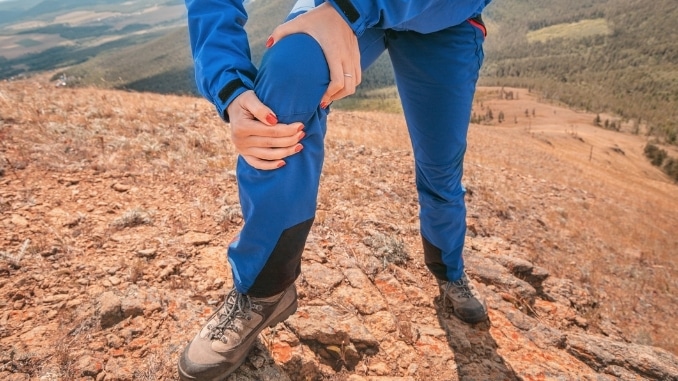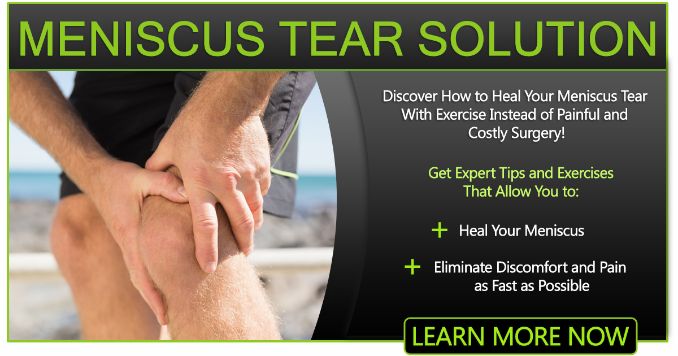
Squatting, unfortunately, is a high-risk activity for meniscus tears. But if you follow a few essential tips, you can reduce your chances of getting injured. Squat with a broader stance. A wider perspective distributes the pressure on your knees more evenly, lowering the stress on your meniscus. Squat with low bar placement. A low bar placement will put more weight on your hips. This will reduce the amount of pressure on your knees. Squat with knees-out form. This can help prevent the weight from squeezing your meniscus between your bones.
I’ve got a few video clips for you.
One of the clips is from last month’s Injury of the Month on meniscus tears.
The second one is from Assessment & Exercise.
Enjoy!
The above video explains the importance of a vertical shin if your client has a meniscus tear.
It is a significant clip from the video presentation from Meniscus Tear Solution.
Check out the transcription below if you cannot watch or listen to the video above.
The Vertical Shin
This is an essential part of the dos and don’ts for a meniscus tear—the importance of keeping the vertical shin. So if we look at a vertical shin, the foot’s flat on the floor and the shin is perpendicular to the floor. Keeping that vertical shin decreases the knee’s flexion and range of motion. So if I have the knee come forward, what ends up happening is I get an increase in knee flexion. And as I have more knee flexion, I have more stress on that meniscus.
The patella that comes up against the femur is an issue with something like the runner’s knee and patella-femoral pain syndrome. If I keep that vertical shin, I will put less pressure on that meniscus. If I also maintain that vertical shin, I will put less stress on the patella-femoral joint. I can end up having a slight negative slope. A negative slope would mean the knee being back and the shin being at an angle like this as opposed to a positive slope. That’s okay.
Another thing is, if I look at this paper, if my center of gravity ends up being neutral when I’m doing a squatting movement, so relatively over my feet, I end up having a balance between the activation of hamstrings and quadriceps. If I shift my center of gravity more anteriorly, I increase the hamstrings, which puts more stress on that knee joint. Moving in that anterior center of gravity shift creates a positive slope in the shin.
Weight Shifts Occurring in that Femur
I enjoy this exercise for the knee, specifically a meniscus tear or a meniscus injury. I have more weight shifts in that femur, making more compressive forces in that knee joint because my weight wants to slide forward. If I move my center of gravity more posteriorly like in this picture: vertical shin, the center of gravity’s more posterior, I get less hamstring activation. So I’m getting less shear occurring in that knee joint. And I’ll go through this in detail more in the exercise part of the Meniscus Tear Solution Program.
Another important thing is that the meniscus is a secondary stabilizer for the ACL. With the hamstrings being activated, it pulls on the knee and creates more compressive forces within that knee. And then that hamstring ends up assisting that ACL when preventing any anterior translation of that shin.
So summarizing things, we want to do exercises involving a vertical shin because it decreases the flexion range of motion in that knee, which is good. The more flexion we have, the more stress it puts on that knee joint, which puts less pressure on the patella-femoral joint, which is good. And then, we’re looking at having a more posterior weight shift to decrease hamstring activation. And then, to prevent any weight from shifting forward, a positive vertical shin leads to more shear in that knee joint.
So I hope that makes sense, and I hope I highlighted the importance of that vertical shin, especially when it relates to meniscus tear injury and the exercise side.
Now onto the second clip.
Screw Home Mechanism of the Knee
In the above clip, I highlight why working on terminal knee extension is essential.
If you cannot watch or listen to the interview above, check out the transcription below.
Okay, we are going to this lack of extension. Why is the lack of attachment an issue? If we lack that extension, we miss the “Screw Home Mechanism.” So this ends up being the last little bit of the knee, or you end up having rotation in the knee and gliding in the knee going on to reduce the stress on the quadriceps during standing and put a load on the cartilage, menisci, and bones. So if we look at it here, when we reach that last little bit of extension, the bag is moved off the muscles and moved to the passive structures. The pressure is transferred to the femur, tibia, articular cartilage, and menisci. They take a load, decrease the stress and demand on the muscles, and secondarily onto the ligaments.
An example is a FLAMINGO.
An example will be if you look at the flamingo. When the flamingo stands on one leg, the leg perfectly loads, and all the load puts on the passive structures. Some people may think, “Oh, that’s b d. You’re not supposed to load up a join. You’re bringing the joint straight or to neutral; you’re sticking within normal ranges of motion n. Everyone should be able to control their body weight or at least hold their body weight on one l g. If they’re unable to do that statically, it will be difficult for them even to walk if they can’t hold up their weight on one leg.
And then over-activation action of the quadriceps and n t muscles leads to, you know, fatigue, more susceptibility to injury, and muscle imbalances. So it’s essential to consider that end range extension and look at it when talking about unloaded, partially loaded, and fully loaded.
Now, I suggest you try the s. Try to stand on your leg with the knee bent in 5, 10,15 degrees of flexion and see how it feels for an extended peri d. Try 30 seconds, 1 minute, 2 minutes, and three minutes. See how it is when those active structures are loaded up for an extended peri d. And then try with the leg entirely straight or maybe a little bit of hyperextension and see how it is and see how those muscular structures are when it comes to, are they relax d? And they will be relatively simple.
Have a great day.




